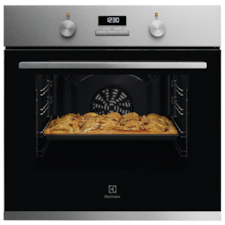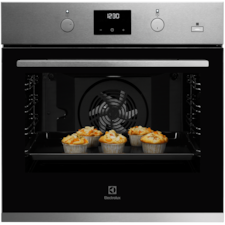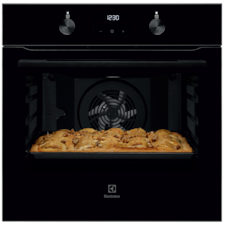Choosing the right oven for your home isn’t just about the latest model—it’s about finding one that fits your kitchen size, cooking habits, and style. Whether you bake daily, roast, grill, or need extra capacity for family meals, this guide covers key factors to help you select the perfect oven for your space, budget, and culinary needs.
Which type of oven is best for your kitchen?
Built-in ovens
Built-in ovens are designed to integrate seamlessly into your kitchen cabinetry, either at eye level in the wall or underneath a worktop, delivering a sleek and modern aesthetic. Their flexible placement allows you to position them comfortably, making cooking more convenient and accessible.

Freestanding tabletop ovens
Compact and versatile, freestanding tabletop ovens are designed for those who need flexibility and convenience in the kitchen. These ovens can be placed on your countertop, offering a space-saving solution without the need for built-in cabinetry. Despite their smaller size, they often feature multiple cooking modes like baking, grilling, roasting, and even air frying, making them highly functional for a variety of cooking needs.
How to choose oven size & capacity
What oven size do you need?
Choosing the right oven size is essential to ensure it fits seamlessly into your kitchen layout and meets your cooking needs. Here’s an overview of common oven sizes to help you make the right decision:
- Standard oven size: 60 x 60 cm (W x H)
- Compact oven size: 60 x 45 cm (W x H)
- Large oven size: 90 x 48 cm (W x H)
- Extra-large oven size: 90 x 60 cm (W x H)

How much oven capacity do you need?
Apart from width and height, ovens are also measured in litres. You can refer to the capacity guide below to choose the most suitable oven for your needs:
|
Family size |
Recommended capacity |
Ideal for |
|
1 – 2 people |
30 – 40 litres |
Compact spaces or those who cook smaller meals or dine out frequently. |
|
3 – 4 people |
40 – 70 litres |
Most households or those who need multiple shelf positions for daily cooking and occasional entertaining. |
|
4+ people |
70+ litres |
Larger households or those who enjoy hosting gatherings, offering ample room for multiple dishes. |
Oven fuel type: Gas oven vs Electric oven
Both offer distinct advantages and disadvantages, so understanding the differences between gas oven and electric oven is crucial for making the right choice for your needs.
|
|
Electric ovens |
Gas ovens |
|
Pros |
|
|
|
Cons |
|
|
|
Ideals for |
Who need even cooking and advanced features like convection. Best for modern kitchens with reliable electricity |
Suitable for cooks looking for quick heat-up and cost efficiency in the long run, but require a gas hookup, which may not be available in all homes |
What features to look for when buying an oven
Choosing an oven with the right features can make your cooking experience easier, more efficient, and enjoyable. Here are some essential features to consider:
Self-cleaning functions
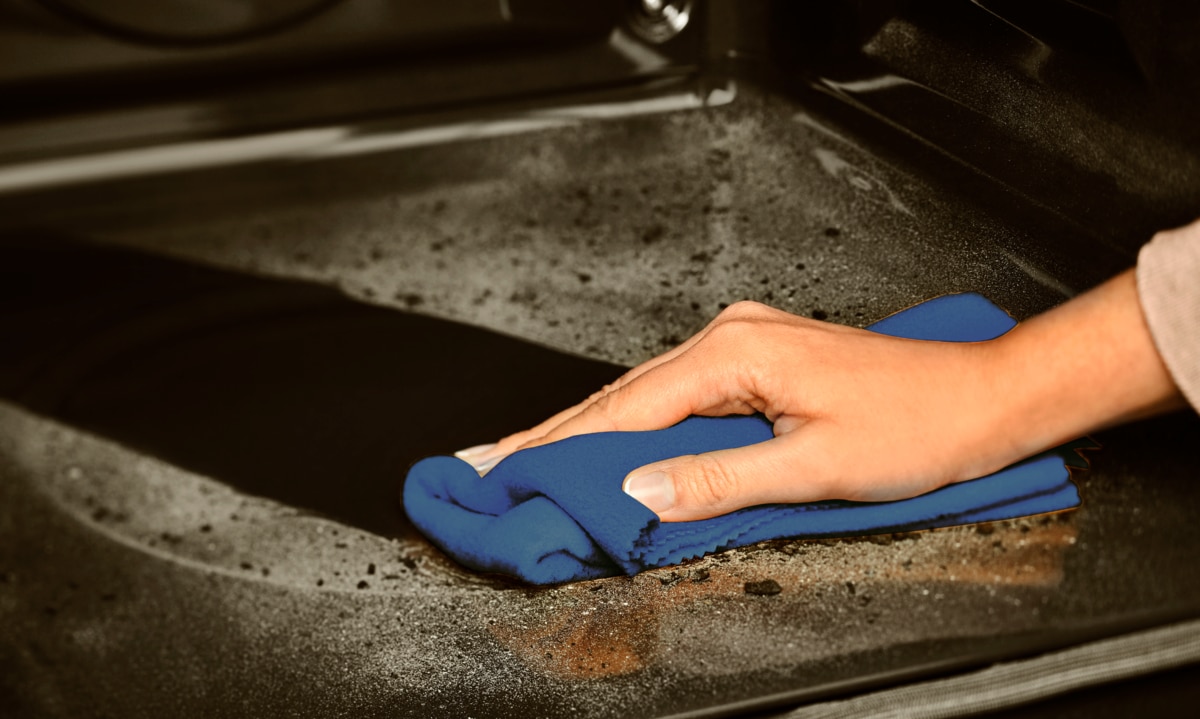
Cleaning an oven after use can be a daunting task. Ovens with self-cleaning features, such as pyrolytic cleaning, heat up to high temperatures to burn off food residues, leaving behind only ash that can be wiped away. Alternatively, steam cleaning uses moisture to soften grime, making it easier to remove. These options save you time and effort, keeping your oven spotless with minimal hassle. 
Multiple cooking modes
Versatility is a must for modern kitchens. Look for ovens with a variety of cooking modes, including bake, grill, roast, and specialised functions like steam or air fry. These modes enable you to prepare a wide range of dishes effortlessly, from crispy roasted vegetables to moist baked goods, catering to every culinary need.
Energy efficiency
Energy-efficient ovens not only reduce your electricity bills but also have a smaller environmental impact. Look for models with high energy ratings (such as A+ or higher), which ensure optimised power usage without compromising performance. Energy-efficient ovens are particularly important if you cook frequently or have a large household.
Read more: Complete guide on how to use oven
Smart food probe
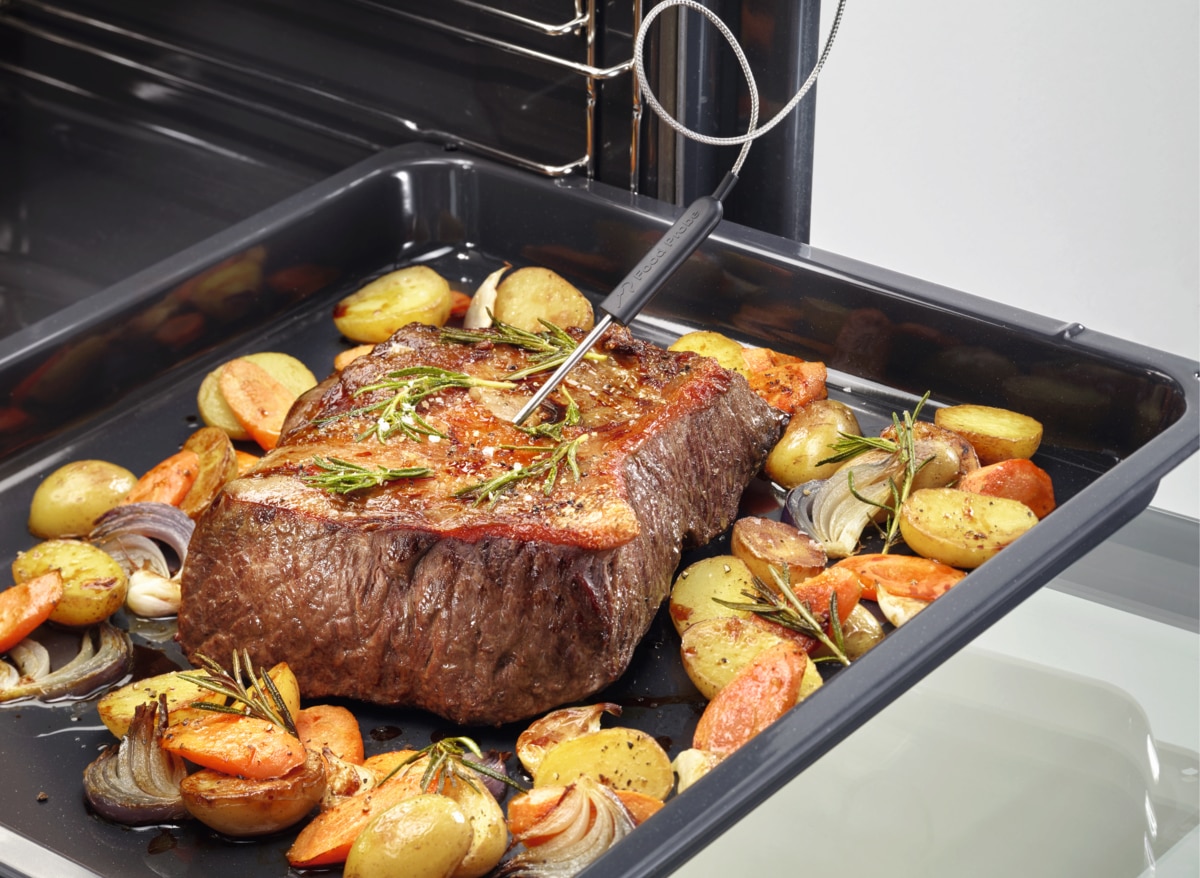
Electrolux ovens feature a smart food probe for achieving precise cooking results every time. Whether you're broiling beef or roasting chicken, the food probe accurately tracks the core temperature of your dish throughout the cooking process. This ensures your meats are perfectly cooked, staying juicy and tender. The sensor even alerts you when your food reaches the desired temperature and automatically stops the cooking process to prevent overcooking or drying out.
Safety features
For families with children or safety-conscious buyers, consider ovens with features like cool-touch doors, automatic shut-off, and child locks. These additions prevent accidents and give you peace of mind while cooking.
Discover related products
Choosing the perfect oven for your kitchen involves assessing your cooking habits, kitchen layout, and budget. Whether you prefer a sleek built-in design or a versatile freestanding unit, the right oven will elevate your cooking experience. Explore Electrolux ovens for premium features, sustainable options, and unparalleled performance tailored to your needs.
-
- SurroundCook circulates hot air for even-cooking.
- Large capacity electric oven to cook for a crowd.
- AquaClean for a natural, easy clean.
-
- SteamBake for bakery-style bread at home.
- Different oven functions for diverse cooking.
- LED timer display sets exact cooking times.
Oven FAQs
-
How much electricity does an oven use per hour?
Most modern ovens consume about 2.4 kWh per hour on medium to high heat. The exact amount depends on the oven type and settings. Convection ovens are among the most energy-efficient options, helping you save on electricity while achieving great cooking results
-
Which is better, oven or microwave?
It depends on your needs. Ovens are better for baking, grilling, and roasting, while microwaves are ideal for quick reheating, defrosting, and simple cooking tasks. Combination microwave ovens can offer the best of both worlds by combining microwave functionality with convection cooking
-
Which type of utensils can be used in an oven?
Use oven-safe utensils made from materials like metal, glass, or ceramic. Avoid plastic or non-stick cookware unless explicitly labeled as oven-safe. Always check the manufacturer's guidelines to ensure safety at high temperatures.
-
What is a steam oven?
A steam oven has a function that combines steam with hot air throughout the cooking process. Dependent on the level of steam the oven offers, steam ovens come with a water tank accessible from the front of the oven, that feeds water to the inside of the oven or there is a well at the base of the oven cavity in which you place water.
SUPPORT
Having trouble with your appliance? Looking for a manual? Head to our support page we are here to help.
REGISTER
Register your appliance today to stay updated on exclusive offers, services and safety notices.

